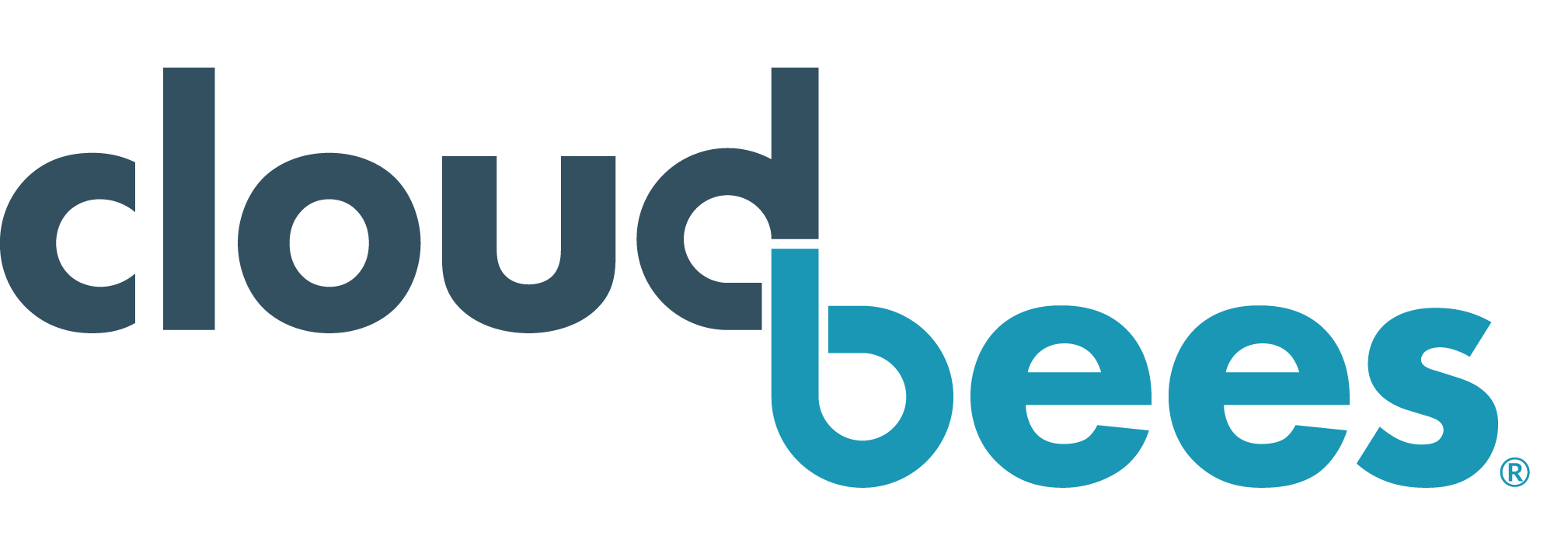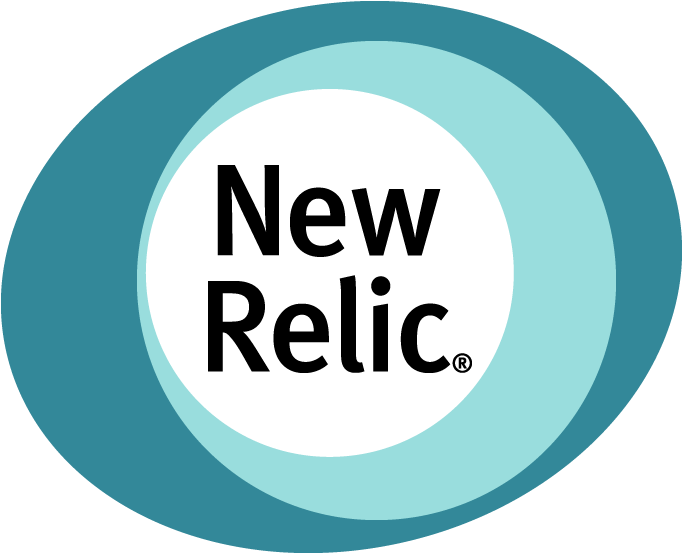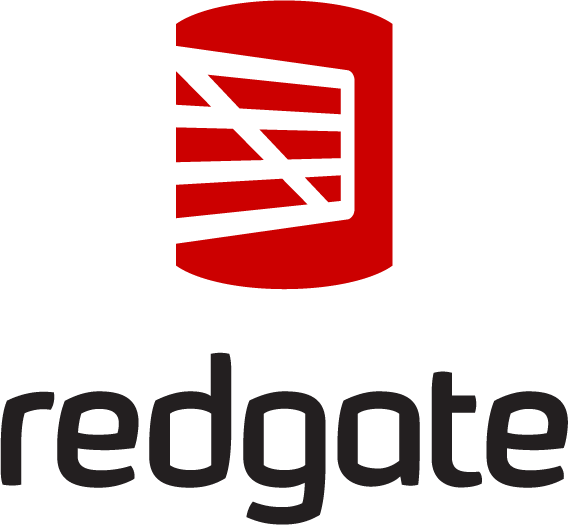ModernOps - Using AI-Powered Monitoring
“To address the need for speed, new agile pipeline platforms take advantage of automation and scalability. This vast complexity - and all of its dependencies - create a pressure cooker for performance issues, reactive event management, and all of the potential business risks that can come along with it.
This new world demands a re-invention of operations as we know it. The enterprise is drowning in the many collections of data from a bunch of different tools, hundreds of thousands of email alerts – all adding pressure to already critical situations where time is of the essence.
Site reliability engineering – the single point of responsibility between dev and ops to ensure reliability in a continuous delivery environment - becomes inevitable in this era of complex infrastructures where always-available and speed are paramount.
How to strike the right balance between reliability and development speed by engineering solutions to operational problems. The way to do this is to never see the same class of problem twice because its automated away versus simply restoring the system to the same equilibrium.
When alerts are reduced for months on end, this is a sign that automating and modernizing your operations is working, and resources can focus on other areas of value to the organization.
This session, through the lens of a large consumer credit organization, Experian, will introduce you to ModernOps – where they are achieving success and value through a more efficient and effective strategy than traditional IT ops. You’ll learn how existing IT roles can level-up expertise and create a pathway to transform operations team from reactive, to predictive, to self-healing.
Fast session take-aways: * Learn how you can integrate and synch your operations to lightning-feed AI-powered processes for faster mean-time-to-repair (MTTR) with significantly less alerts * Visualize how data integrated into AI-powered monitoring can give you much better context for faster, root cause analysis and resolution * See how AI-correlation of events can be viewed in a simple, single problem – vs. multiple alerts – that also includes actionable info for specific teams * Understand how the journey to continued automation – going from reactive, to proactive to self-healing is a reality and you can start now. * Build powerful and complex toolchain automation to send the right information to the right (even disparate) systems across your organization”

